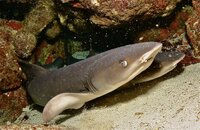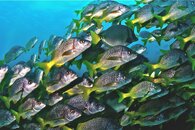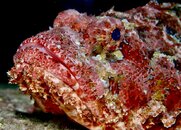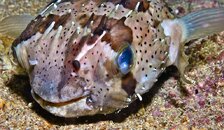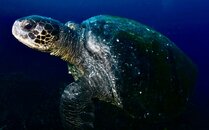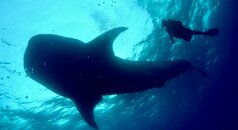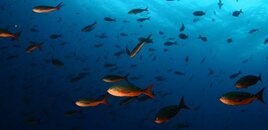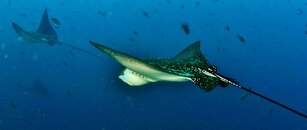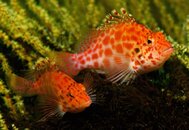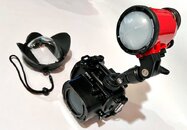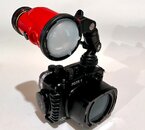Hello!
I'm planning about doing a galapagos diving trip this or next year. I want to join a liveaboard in September or October. So there will be whale sharks but also rougher seas and not best visibility I suppose.
I have a Sony rx 100va and fantasea housing. So far I used this with a wet wide angle lens in raja ampat and Bali.... with mediocre success.. I know for the best photos you need strobes.
Unfortunately I can't really imagine buying strobes.
For one it's just too much to carry around, since I never do dive only trips, but will also do other things and am usually backpacking.
The other thing is, it seems too annoying underwater to deal with that much stuff also. Especially with strong currents like in galapagos when you just hold onto rocks, I feel like it will not be easy.
So I wanted to ask about experiences about underwater photography with or without strobes in galapagos. Since most things to photograph are big there and not too close, maybe strobes are also less relevant there?
I also had the idea to use the camera for stills and put a go pro on top for just filming along all the time, while focusing on doing the stills with the camera. Does someone have experience with this?
Thanks so much for hearing from your experiences and tips!
I'm planning about doing a galapagos diving trip this or next year. I want to join a liveaboard in September or October. So there will be whale sharks but also rougher seas and not best visibility I suppose.
I have a Sony rx 100va and fantasea housing. So far I used this with a wet wide angle lens in raja ampat and Bali.... with mediocre success.. I know for the best photos you need strobes.
Unfortunately I can't really imagine buying strobes.
For one it's just too much to carry around, since I never do dive only trips, but will also do other things and am usually backpacking.
The other thing is, it seems too annoying underwater to deal with that much stuff also. Especially with strong currents like in galapagos when you just hold onto rocks, I feel like it will not be easy.
So I wanted to ask about experiences about underwater photography with or without strobes in galapagos. Since most things to photograph are big there and not too close, maybe strobes are also less relevant there?
I also had the idea to use the camera for stills and put a go pro on top for just filming along all the time, while focusing on doing the stills with the camera. Does someone have experience with this?
Thanks so much for hearing from your experiences and tips!




